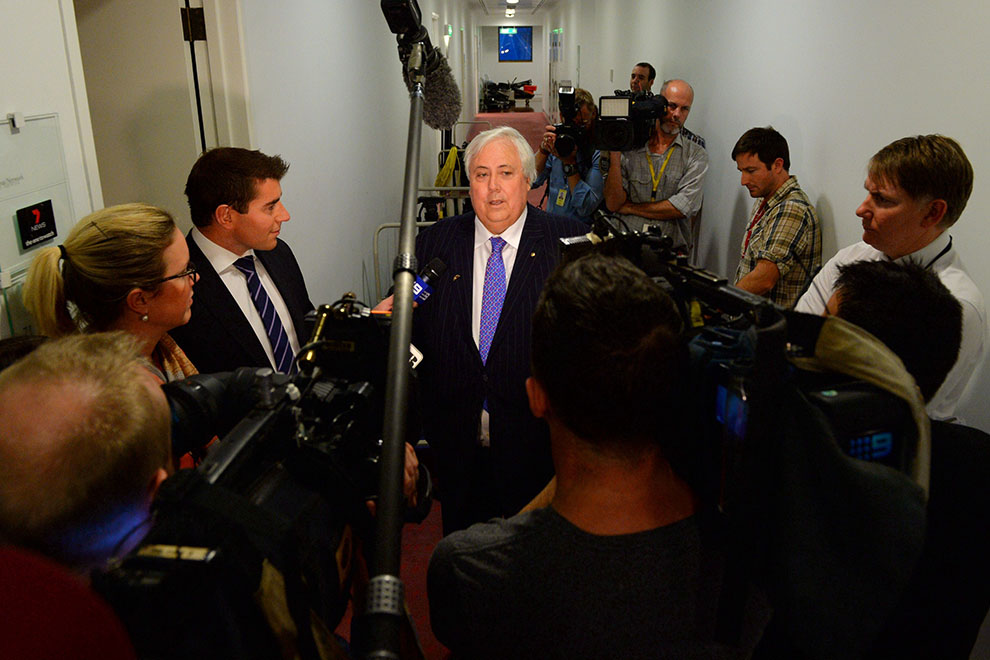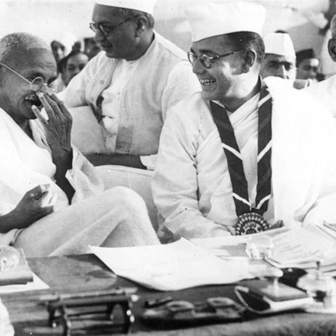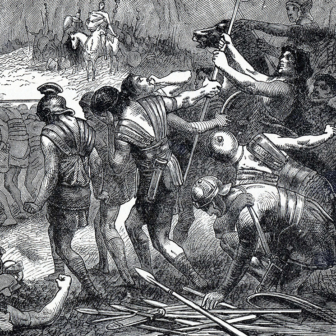Journalism Ethics for the Digital Age
By Denis Muller | Scribe Publications | $29.99
Like most journalists and many philosophers, Denis Muller is a stickler for the truth. But, unlike many members of either caste, he recognises that, while each atom of truth may be indivisible, perfect truth is unattainable.
In his time teaching journalism and professional ethics at Swinburne University (2010–12), Muller was fond of quoting Creighton Burns – a late, lamented editor of the Age – exhorting his reportorial staff to “aim for the best available version of the truth.” That advice appears afresh in Muller’s new book-length exploration of how his former colleagues and the profession’s latest recruits should go about practising their craft in the online era, when – as Journalism Ethics for the Digital Age makes clear – speed of delivery seriously challenges accuracy of content as the overriding virtue of media praxis.
As Bill Kovach and Tom Rosenstiel expressed it a decade ago in their classic The Elements of Journalism, “All truths – even the laws of science – are subject to revision, but we operate by them in the meantime because they are necessary and they work.”
Those familiar with the contents of Muller’s lectures will not be surprised to find here a summary of Western philosophical insights on which the very concept of ethical journalism still restS. Yet this modest volume is not without its surprises. In the midst of a chapter on the issue of consent, Muller notes – without even raising a proverbial eyebrow – that the law doesn’t require medical practitioners to inform patients of the risks and benefits of a planned procedure. That struck me as ethically dubious, and left me assuming it was thus because medicos are just as ready to defer to legal advice as the rest of us.
Nor is this book without flashes of wit. Writing about the relatively recent addition of A new category of celebrity – the Paris Hilton types famous solely for being famous – Muller breathes new life into an old cliché when he writes: “All publicity is good publicity, unless we get their names wrong.”
What is new in Journalism Ethics for the Digital Age relates to the re-evaluation of ethical precepts that the new means of transmission have forced on news retailers. Once upon a time, objectivity was hailed as both realisable and desirable. Now, as “impartiality” has replaced it as a desideratum, the idea is that we should recognise our biases – and, as Rosenstiel recommends, go beyond that and advertise them – but at any rate ensure we alert our listeners, viewers and readers to the existence of views at variance with our own.
Aspiring journalists have long been taught this as the virtue of “balance”: what Muller adds is that today, with an abundance of hyperlinks available to the online journalist, not to provide readers with a range of views – including those we ourselves deprecate – is tantamount to ethical negligence.
A “failure of impartiality” therefore becomes less excusable than it was when a reporter battling a print-edition deadline could argue that he or she lacked the time to fine-tune. I would contend that Muller has got this absolutely right. The only thing I believe he should have gone on to point out is how counterintuitive it is that the ethical bar has actually been raised.
In the past, most of the supersessive technologies have been criticised for encouraging an “anything goes” approach (most famously, television was going to be the death of book-reading and radio-listening), as old-school veterans muttered into their cups on the decline of morality in general and asked themselves, not altogether insincerely, what the world was coming to. Happily, Muller’s intellectual discipline is robust enough to resist any temptation to shriek “Woe is us!” from the nearest ivory tower.
Journalism Ethics is certainly not faultless. For one thing, any work dealing with more than a few abstract and specialised terms ought to corral them and define them somewhere between its covers. In the introduction I came across the term “the harm principle” and immediately went to look it up, only to find there was no index to look it up in – not even a glossary.
But it is only fair to say that the virtues of this volume far outnumber its faults, and that a student or young journalist seeking to populate a library with works that will stand the test of time can safely stack this one on the shelf between Harold Evans and Strunk & White.
A student coming out of the lecture hall where Muller had just initiated 150 wide-eyed students into the mysteries of Locke’s worldview and the Potter Box shook his head in amazement. “Now that’s a real professor,” he exclaimed, perhaps impressed as much by Dr Muller’s goatee as by his methodical way of defusing that least favourite of philosophical incendiary devices, the categorical imperative.
Wherever that student is now, two years later, may he happen upon this new collection of professorial utterances and discover to his delight, if he didn’t realise it before, that the professor can also write. •




